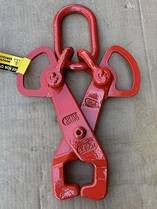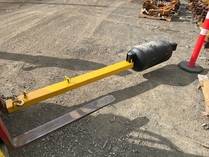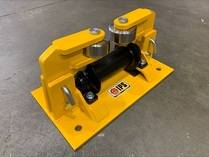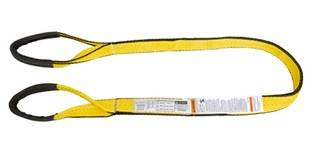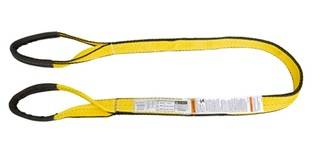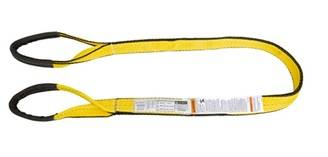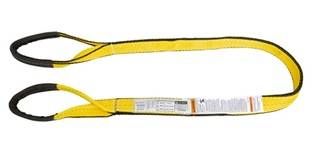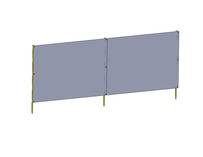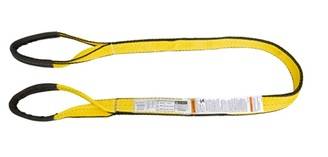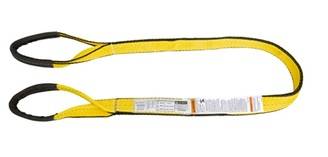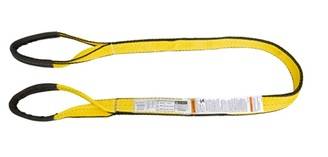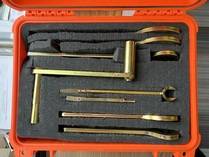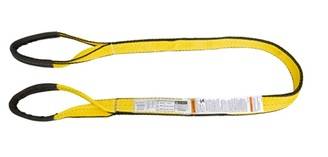Call our trained professionals today!
News Calendar | |||
Railway Equipment Manufacturer | Safety Features of Modern Railway Equipment
May 02, 2024Technological advancements and regulatory requirements have had a substantial effect on railway equipment over time, particularly in terms of safety. Modern railway systems not only aim to increase efficiency and reliability but also meet stringent safety standards. There are key safety features integrated into modern railway equipment that help mitigate risks while protecting passengers and cargo alike.

As an industry-leading railway equipment manufacturer, IPS is dedicated to improving safety and reliability standards within the rail industry. This commitment is evident in every piece of equipment we design and produce; through rigorous testing procedures and technological integration strategies, each component contributes directly to enhancing overall rail operations safety and efficiency. Our commitment puts us at the forefront of industry innovation, pushing what's possible in railway safety further than ever before.
Automated Monitoring Systems
At the core of modern railway safety lies automated monitoring systems. These systems constantly evaluate the condition of railway equipment and infrastructure using advanced sensors and diagnostics, from wheel health to brake performance and structural integrity. By identifying potential issues before they develop into failures, these proactive maintenance and safety solutions offer a proactive approach that reduces risks and significantly reduces accidents.
Modern Braking Systems
Over time, modern railway equipment braking systems have seen significant advances. Now, most trains feature electronic, pneumatic brakes for quicker and more reliable stopping power than traditional systems; furthermore, regenerative braking technology has become more prevalent - not only does it improve efficiency, but it also gives control engineers greater power over train speed to make for safer operation in various weather conditions.
Derailment Detection
Technology Derailment remains one of the primary risks in railway operations. Modern trains are equipped with derailment detection technology, which detects unusual vibrations or alignment issues that might signal impending derailments and initiates emergency protocols (like slowing the train down or notifying control centers) to either prevent an accident from happening or mitigate its effects as soon as it happens.
Collision Avoidance Systems
With GPS and communication technologies integrated into modern railway equipment, collision avoidance systems have become an invaluable safety feature. These systems detect nearby trains and calculate collision risks, making adjustments or full stops as necessary based on this calculation. Furthermore, these collision avoidance systems are linked with signal management systems to ensure trains operate within safe limits while adhering to signal statuses at all times.
Fire Suppression Systems
Railway fire safety is of the utmost concern. To combat the risk of engine compartment and electrical system fires, modern rail equipment is equipped with automatic fire suppression systems that detect and extinguish fires before they spread further. Many such systems utilize environmentally friendly agents that safely extinguish flames without harming passengers or equipment.
Structural Integrity Enhancements
Modern railway equipment construction makes significant contributions to safety through the materials and design methodologies used. High-strength yet lightweight composites, such as reinforced plastics, provide protection from impacts and crashes, while crumple zones and energy-absorbing structures designed to deform in a controlled fashion during accidents absorb impact forces, decreasing passenger risk.
Emergency Communication Systems
In an emergency, communication is of utmost importance. Modern railway cars are equipped with emergency communication systems that allow passengers to directly connect with train staff as well as crew members coordinating responses efficiently in any given situation.
Maintaining passenger knowledge is often underestimated as part of railway safety. Modern trains feature dynamic passenger information systems which offer real-time updates regarding travel conditions, delays and emergency instructions - using visual and auditory signals so all passengers receive essential safety-related data regardless of their position or hearing capabilities.
Safety features in modern railway equipment represent a complex combination of engineering excellence, technological innovation and proactive safety management. Automated monitoring systems designed to preempt equipment failures as well as advanced braking systems offering superior control, are among the many innovations revolutionizing safety standards within this industry. As technology progresses further, even greater improvements should emerge that further reduce risks and maintain the rail journey as one of the safest forms of travel today.
As a leading Railway Equipment Manufacturer, our mission goes beyond mere compliance; we aim to lead the industry in safer, more efficient operations in the future. Explore how our cutting-edge solutions can enhance the safety and functionality of your railway operations; trust in our expertise and commitment to quality as we equip you with cutting-edge railway technology for ease of operation. Let us confidently and easily guide you through the complexities of railway safety.




